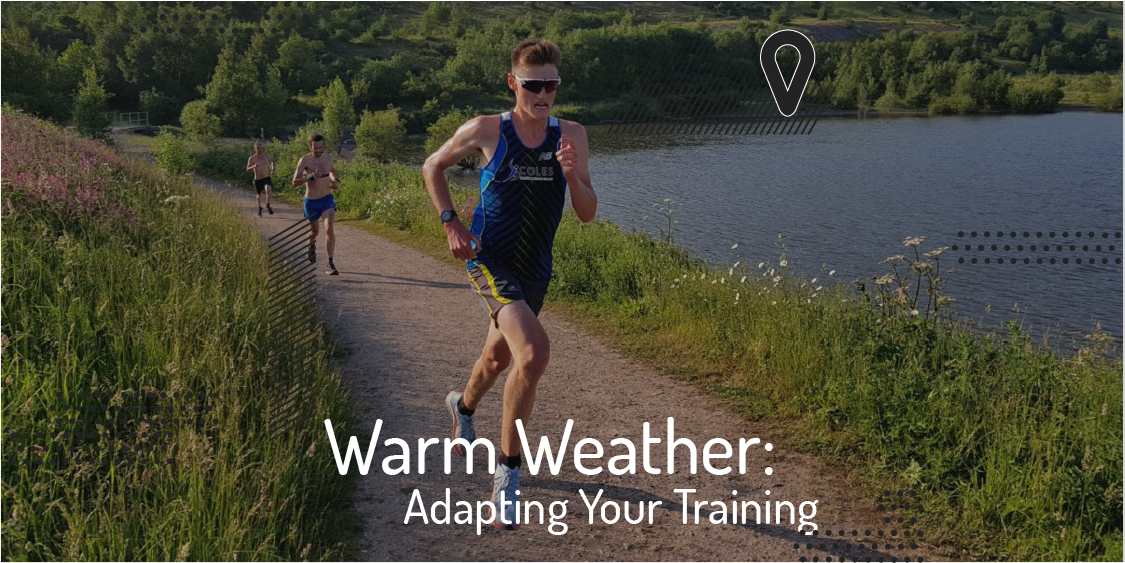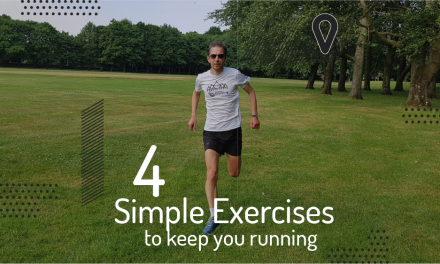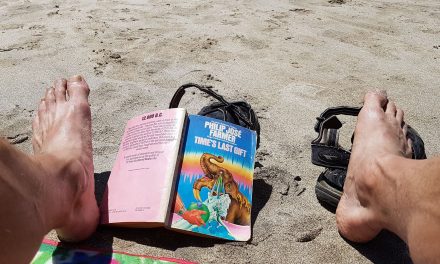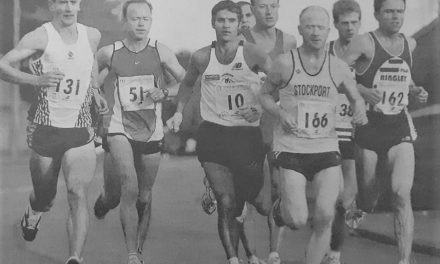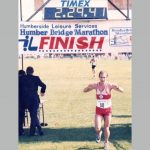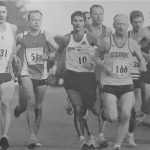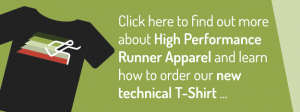In the UK we seem to be getting more periods of unseasonably warm weather in spring and autumn, and even heatwaves in summer. A sudden big increase in temperature is always tough for endurance training, and if you are already training hard and continue at the same intensity it is very likely that your legs will be fried within 3 or 4 days, particularly if the temperature goes above 25 degrees Centigrade (77 degrees Fahrenheit). And if the hot weather continues it’s often the case that you don’t really realise the damage is done until a week in, when suddenly your legs feel so much heavier than usual and all training becomes more effort rather than less. Even if the heat abates it can take a couple of weeks to recover.
This is because, with being long term adapted to cooler temperatures, it can take Northern Europeans a couple of weeks to adapt to a sudden increase. During this process both our sweat rate and metabolism increases. However until we adapt, training hard will cause more muscle damage than usual. This is even more the case if humidity is also high. Of course you should drink more water and also pay close attention to electrolytes, but really the body just needs a lower training intensity for a period.
Therefore I’d recommend for the first week of a ‘heatwave’ that you reduce your volume by about 1/3rd and also consider inserting an extra day between hard workouts to enable more recovery. After this you should be able to progressively increase the training load again. Hopefully in the UK temperatures will return to normal within a week or so, and you will feel fresh and raring to go rather than stale and burnt out.
…reduce your volume by about 1/3rd and also consider inserting an extra day between hard workouts to enable more recovery
One option is to move steady runs and workouts to early mornings. However suddenly starting to run hard when fasted is also a recipe for a rapid temporary increase in muscle damage and fatigue. So apply the same approach of reduced volume and intensity to begin with. On a positive note moving your training to early morning and reducing the intensity will actually boost your aerobic endurance as you move to a higher proportion of fat burning, and you should feel even stronger when you return to normal training.
If you have a race that falls early within a period of hotter weather you should consider reducing your target pace by 5% per mile for every additional 5 degrees over 20 degrees Centigrade, particularly on races of 10k or more. In most cases you will pick off your usual competitors who have started too fast for the conditions. Try not to over-cook yourself in that first race and subsequent races will gradually feel more comfortable too.
If you have a question or need additional advice, or you want to give me feedback on how this advice worked (or didn’t) work for you, please don’t hesitate to contact me
All content in this article copyright of High Performance Runner 2019
